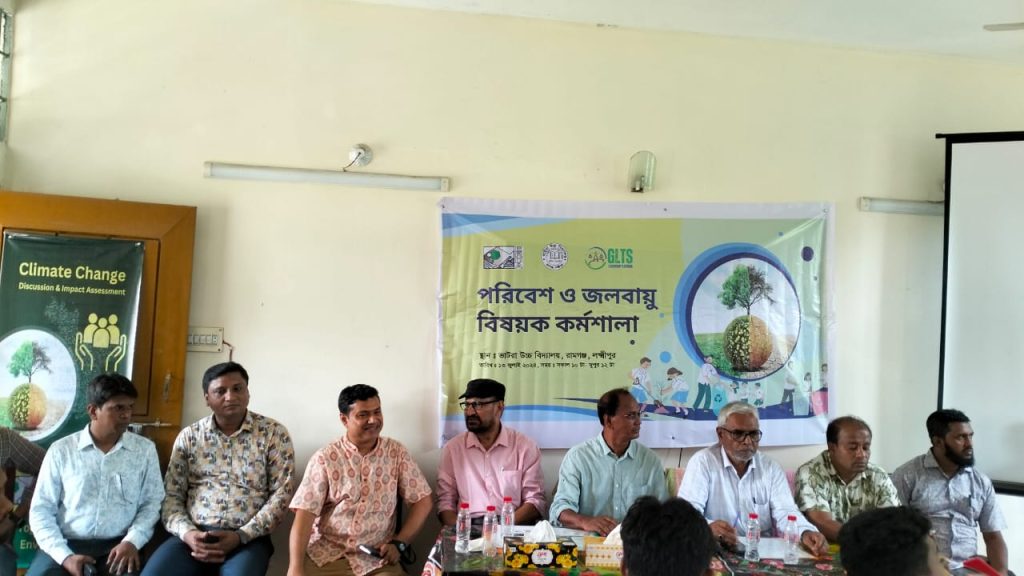Climate change is having a significant impact on Bangladesh, a country that is especially vulnerable due to its low-lying geography, high population density, and reliance on agriculture. Several key effects of climate change in Bangladesh include:
- Rising Sea Levels: Bangladesh is home to the world’s largest river delta, and as sea levels rise due to melting glaciers and thermal expansion, coastal areas are becoming more vulnerable to flooding and erosion. This threatens both human settlements and agricultural land, displacing communities and reducing food security.
- Cyclones and Storms: The frequency and intensity of tropical cyclones and storms in the Bay of Bengal are increasing due to climate change. These events bring heavy rains, strong winds, and storm surges, causing widespread damage to infrastructure, homes, and crops. Cyclone Sidr (2007) and Cyclone Amphan (2020) are just two examples of destructive storms.
- Flooding and River Erosion: Bangladesh is prone to seasonal flooding, but the intensity and duration of these floods are becoming more extreme as the monsoon season grows more unpredictable. The floods inundate farmland, disrupt transportation, and displace large populations. River erosion is also eroding vital land along the banks of major rivers, further exacerbating displacement.
- Agricultural Impacts: Agriculture is a crucial part of Bangladesh’s economy, but changing weather patterns, droughts, erratic rainfall, and flooding are disrupting crop yields. This leads to food insecurity and challenges for rural communities dependent on farming for their livelihoods.
- Heatwaves and Public Health: Increasing temperatures, especially during the summer months, contribute to more intense heatwaves. These can have serious health impacts, particularly for vulnerable populations, leading to dehydration, heatstroke, and the spread of diseases like malaria and dengue fever.
- Displacement and Migration: Rising sea levels and natural disasters are forcing people to leave their homes, resulting in internal migration and creating “climate refugees.” This adds pressure on urban areas, straining resources and infrastructure.
In response, Bangladesh has been taking steps to adapt to these challenges, such as building cyclone shelters, improving flood protection infrastructure, and adopting climate-resilient agricultural practices. The government is also involved in international efforts to mitigate climate change and secure funding for climate adaptation.
Climate change poses significant risks, but Bangladesh is actively working on strategies to build resilience, though the challenges remain formidable. Would you like to know more about the measures being taken or any specific aspect of this issue?



